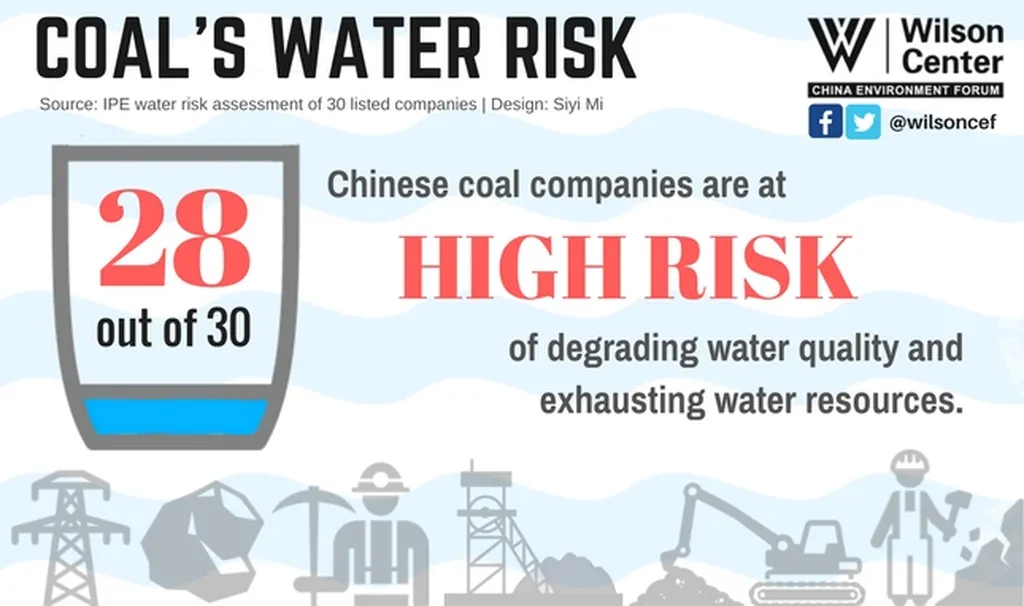In the heart of China’s coal mining belt, a groundbreaking study is reshaping how we approach safe mining under water bodies, with significant implications for the energy sector. Led by Cui Ximin from the Inner Mongolia Research Institute of China University of Mining and Technology-Beijing, the research tackles a critical challenge: accurately estimating the height of the water-conducting fractured zone (WCFZ) in thick coal seams.
The height of the WCFZ is a crucial indicator for ensuring safe mining operations, particularly when coal seams lie beneath water bodies or aquifers. Traditional methods, relying heavily on empirical formulas, often fall short, leading to potential underestimations and safety risks. Cui Ximin and his team have identified the limitations of these formulas, which are typically based on smaller mining areas and thinner coal seams.
“Our study highlights the importance of considering the effective mining thickness and the recovery rate of top coal caving,” Cui Ximin explains. “These factors are often overlooked but are vital for accurate WCFZ estimation.”
The team’s innovative approach introduces the concept of effective mining thickness, which is closely tied to the recovery rate of top coal caving. They found that the height of the WCFZ increases with the effective mining thickness, providing a more accurate and safer estimation method. Additionally, they employed the Boltzmann function to model the relationship between the critical mining degree and the WCFZ height, offering a novel way to calculate the maximum height of the WCFZ.
The implications for the energy sector are substantial. Accurate WCFZ estimation can prevent water inrushes, ensuring safer and more efficient mining operations. This is particularly relevant for thick coal seams, which are increasingly targeted as easily accessible reserves dwindle. By adopting these new methods, mining companies can mitigate risks and enhance their operational safety, ultimately contributing to a more sustainable and secure energy supply.
Published in the Journal of China University of Mining and Technology, this research is set to influence future developments in the field. As the energy sector continues to evolve, the need for precise and reliable estimation methods becomes ever more critical. Cui Ximin’s work not only addresses this need but also paves the way for further advancements in safe mining practices under challenging conditions.
In an industry where safety and efficiency are paramount, this study offers a beacon of progress, guiding the way towards a more secure and sustainable future for coal mining.

